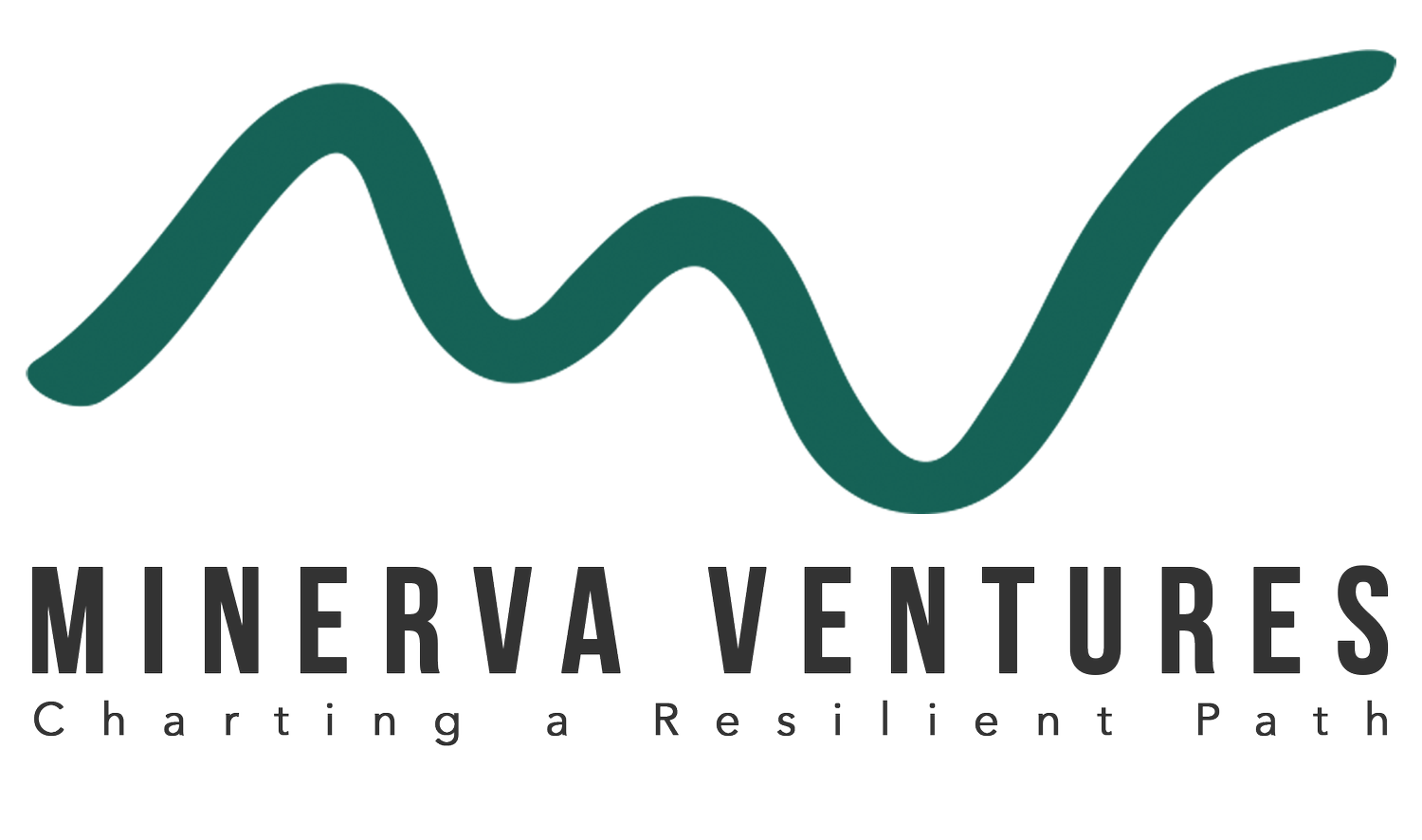Story of Micro-fibers
Have you heard of micro-fibers? I recently learned the Story of Stuff launched a campaign to raise awareness about micro-fibers in the water supply. Micro-fibers are microscopic plastic fibers coming off of your synthetic clothing.
The most popular example of such synthetic clothing is fleece. Fleece has been my favorite clothing material for years, especially in cold months, because wool started to irritate my skin. Fleece is light and easy to care for. Whenever I saw garments were made of recycled plastic, it made me feel good because I was not contributing to the production of more plastic. Like many other people, I also have yoga pants and other exercise clothing made of other synthetic fibers.
Now, it turns out microfiber comes off whenever I wash those synthetic clothes. Those plastic particles are so tiny that water treatment facilities can’t catch them, so they flow into rivers, lakes and oceans. They will absorb toxic materials such as oil, pesticides and chemicals in the water and eventually get consumed by fish. When we eat fish, those microfibers end up in our stomachs. The great food chain at work… It is estimated that there are 1.4 million trillion microfibers in the ocean, which is equal to 200 million per person. Mind blowing numbers!
I have a few favorite items of clothing that I have been wearing for years. I thought not buying too much new stuff is good for the environment. But then I found out that older garments are even worse polluters of microfibers because well-worn clothes release more microfibers than new ones in the washing process.
This piece of information got me thinking about what I can do not to contribute microfibers as a consumer…I guess I can get rid of all my fleece garments but what I can wear in the middle of winter? Wool over cotton underwear to avoid skin irritation?
As the video from the Story of Stuff points out, the solution does not require onlyindividual consumers’ behavior to change. Clothing and fabric manufacturers also need to get involved in finding solutions to this “small huge problem.” Any new magic natural fiber in the making?
Please watch the video and start thinking what each of you can do. The Story of Microfibers . We welcome your thoughts and comments.
Blog posted by Kanako McPhail, April 19, 2017

